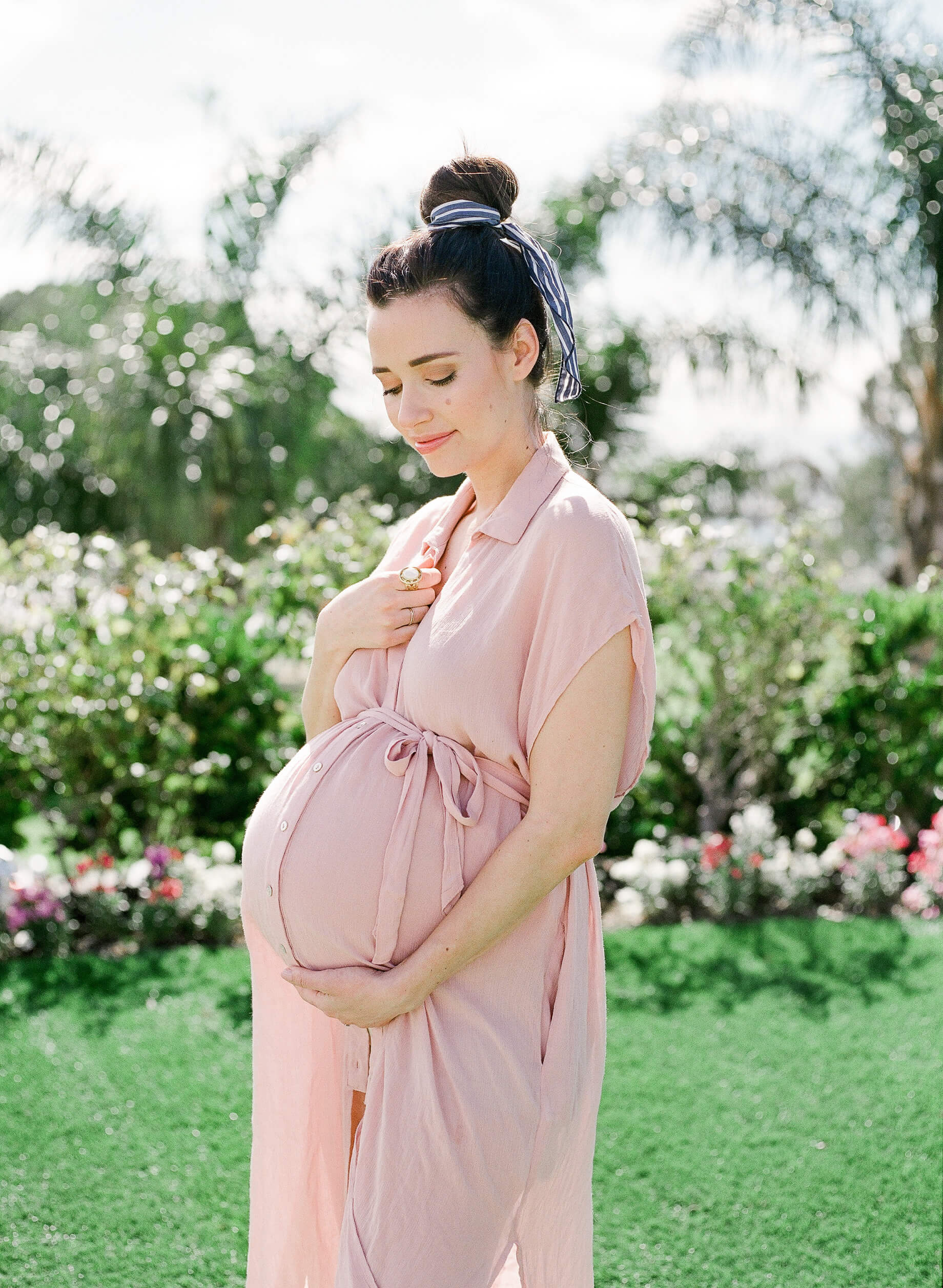When needing maternity clothes? Read this article to learn more. Maternity clothes are not just for pregnant women.
Even if you’re not expecting, these clothes can help make your life easier during certain occasions in which you need to dress up but don’t want the hassle of finding something that fits right or is comfortable.

Here are some instances when it’s best to purchase maternity clothing:
When travelling on a plane- Maternity travel pants will be more comfortable than wearing jeans and also offer other benefits like thinner fabric so they take up less room in your luggage, stretchy fabrics that allow movement as well as give support where needed, pockets for holding necessary items while keeping hands free to manoeuvre around the airport, etc.
When trying out for an athletic team-es those who have been away from their sport for a while and want to get back into shape. When pregnant with multiples-es that provide extra room and flatter your growing body without making you look like a box.
When does your maternity pay start?
Maternity pay for most women in the UK usually starts after they have been pregnant for 26 weeks. This is known as Statutory Maternity Pay (SMP) and it’s only available to employees, not the self-employed or those on zero-hours contracts.
SMP is paid at £138.18 per week which comes out of your employer’s National Insurance fund meaning that you don’t get this money back when you claim maternity allowance later down the line – however, if an employee earns less than their entitlement then any overpayment will be refunded by HMRC when she claims her statutory payments from them instead.
If a woman has worked continuously with her current employer for more than 26 weeks before giving birth, depending upon how much she earns, she may be entitled to pay from her employer during the first 26 weeks of maternity leave.
This is paid at a set rate which can vary depending upon how much you earn and whether or not your partner also works for that company too.
If you’re on a low income then this entitlement could increase as women who are earning less than £111 per week automatically qualify for SMP regardless of how long they have worked with their current employer – however, those receiving tax credits won’t see any change in these rates until April 2016 when Tax Credits will rise by inflation instead of earnings as has been the case previously.
What benefits am I entitled to if I don’t return to work after maternity leave?
When you’re on maternity leave, your employer must keep paying the same salary and benefits that were in place when you began your leave. If they offer any other benefits (such as additional vacation time or a bonus program), these will continue while you are still employed by the company.
However, if your employer hires someone new to replace you during this period, then it is likely that not all of their employment rights may be protected under British Columbia’s Employment Standards Act (ESA).
You should consult with an employment lawyer about whether there was anything included in your contract which could be used to fight for those rights.
Can my employer ask when I will return from maternity leave?
Yes, your employer can ask when you will return from maternity leave. You might want to be careful about how much detail is in the answer though!
For example, if you are uncertain of when exactly you are coming back it may not be wise to give a date that then changes at some point before or after due to unforeseen circumstances.
It’s also important that you don’t mislead your employer into thinking something they won’t get because of what has been said in this particular part of the conversation.
How much maternity pay will I get?
Maternity pay is available for up to 52 weeks, with the first six weeks at 90% of your average weekly earnings. For example, if you earn £500 a week before tax and National Insurance contributions (NICs), then under maternity pay rules you’ll get around £450 per week for the next 39 weeks.
You must have been classed as an employee in each of the previous 26 Class Weeks before taking Maternity Leave, which is defined by reference to anyone calendar month during that period where employed work took place or was payable – this means there isn’t necessarily a direct link between the date on which you take leave after childbirth and when payments will be made.
The rate paid is also based upon basic salary only, not the total amount you’d usually receive which includes allowances and might also include overtime pay.
Maternity leave is a period defined by law in most countries as that required for new mothers to recuperate after giving birth before returning to work.
The typical length of maternity leave internationally is around six weeks or so, but this varies between countries with some offering paid paternity leave instead – sometimes split into multiple periods across both parents rather than just one person on their own during any point immediately following childbirth.
Countries may offer further incentives such as tax credits for those working within certain sectors who are taking parental leave away from work too. Parents don’t have an automatic right to paid time off though beyond statutory levels if they choose not to take advantage of their entitlement to unpaid time off.
This varies across the globe too, with some countries offering more than others in terms of parental leave policies and how they’re allocated by employers when it comes to taking care of a new child after birth or adopting one for example.
